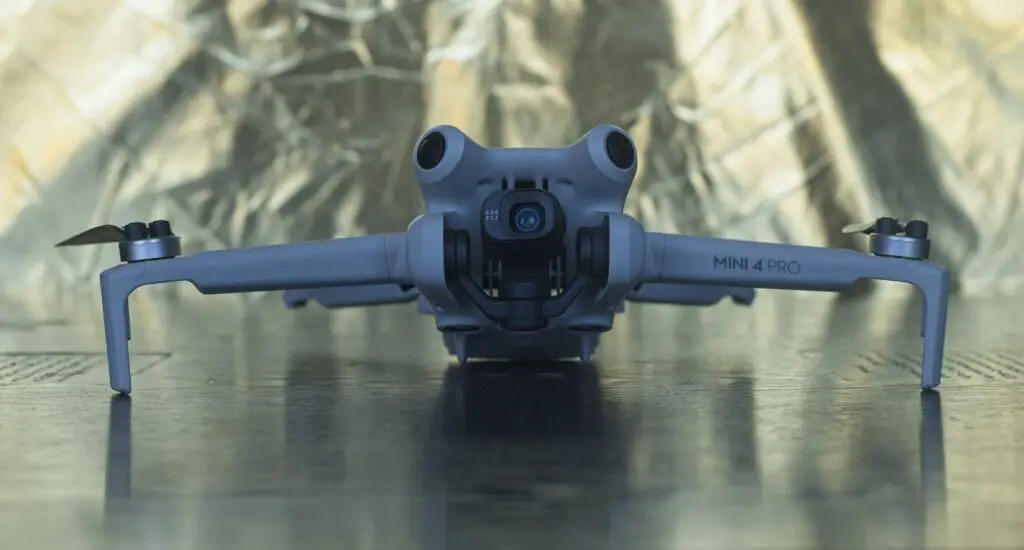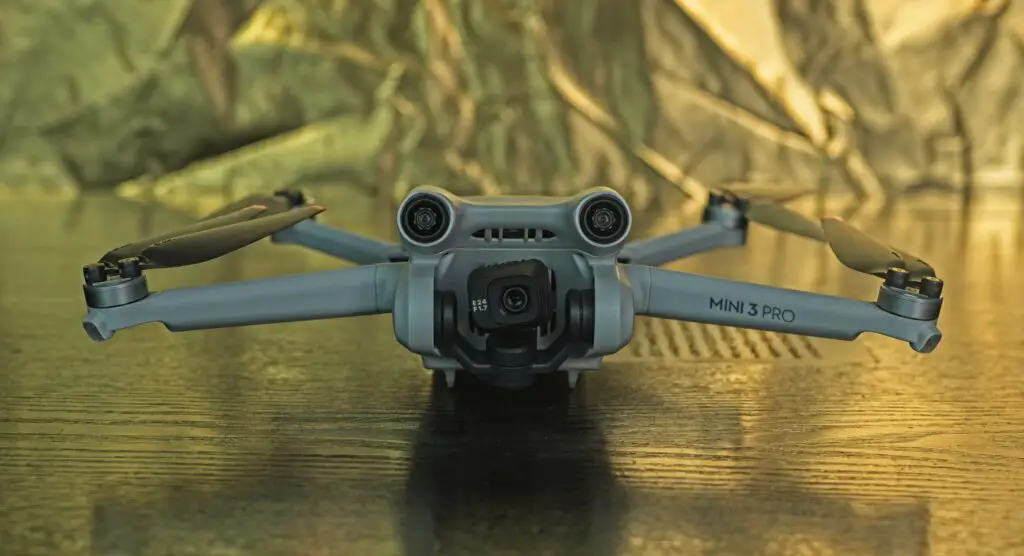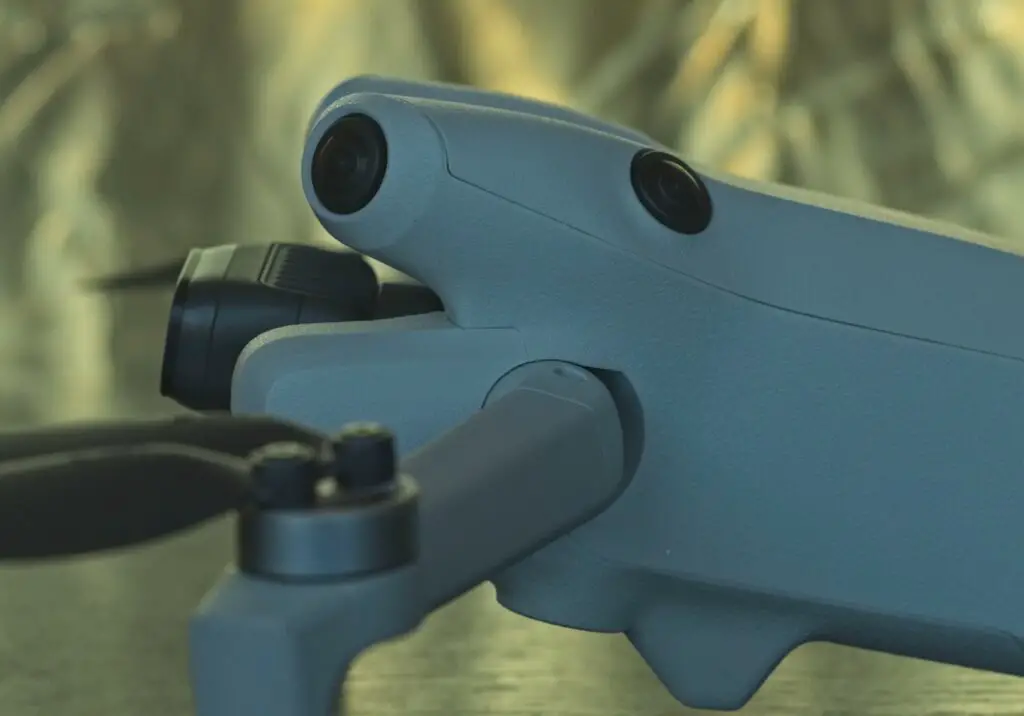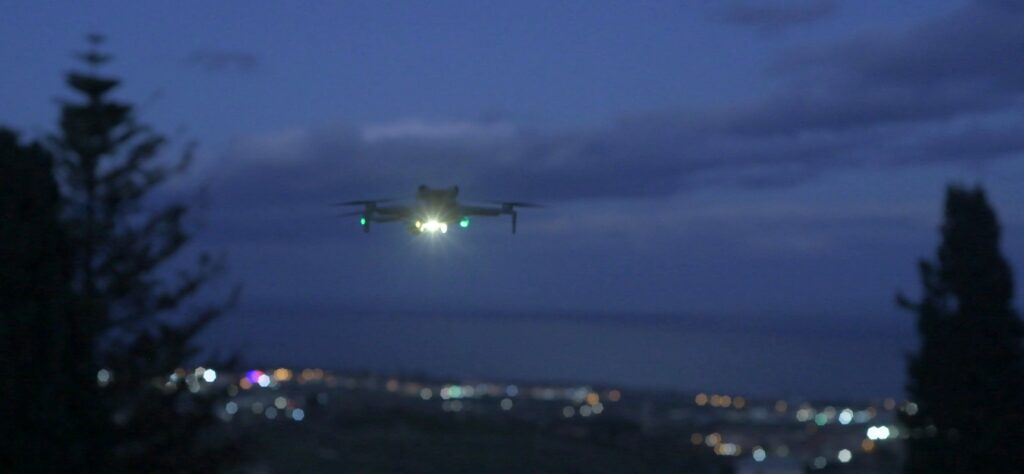The DJI Mini 4 Pro has many new important features compared to the Mini 3 Pro, most related to video. Some of them can justify the choice of the new model. Footage quality is also noticeably better in all conditions. At the current prices of the two models, I recommend choosing the Mini 4 Pro
The Mini 4 Pro and 3 Pro are the most popular lightweight prosumer drones on the market. I have already compared the two models for photography
In this article, I will focus on video features and footage quality to help users who hesitate between the two models or others who are thinking about upgrading
Related articles you might find interesting:
- Mini 4 Pro camera settings for video
- Mini 4 Pro night footage
- Mini 4 Pro video quality
- Mini 4 Pro Active Track 360
- Mini 3 Pro camera settings for video
- Mini 3 Pro beginner guide
- Mini 3 Pro video quality
- Mini 3 Pro night footage
- Mini 3 Pro video color profiles
If you prefer to watch this as a video, you will find my YouTube version at the end of this video
Video Specs

| Mini 4 Pro | Mini 3 Pro | |
| Sensor size | 1/1.3″ | 1/1.3″ |
| Field of view | 24mm | 24mm |
| Aperture | f1.7 | f1.7 |
| Video resolution | 4k | 4k |
| Max Bitrate | 150 Mbps | 150 Mbps |
The basic video specs are the same for the two models, so we might assume that the quality of the footage should be very close
However, in my photography comparison, I noticed several differences in the images obtained, with increased detail and richer colors in the Mini 4 Pro

This is due to a new image signal processor and improvements in the algorithm, we will see further down how this affects the quality of the footage
The new model can shoot 4k video at a maximum frame rate of 100 fps for extreme slow motion, which can be spectacular in certain situations. The Mini 3 Pro at 4k resolution is limited to 60 fps
The Mini 4 Pro has three color profiles: the 8-bit Normal mode plus two 10-bit ones: D-Log M and HLG, while the Mini 3 Pro has a single 10-bit mode, D-Cinelike
I will show some examples further down but if you want to dig deeper into the different color profiles of the Mini 4 Pro, check my specific article
The Mini 4 Pro was introduced at the same price as the Mini 3 Pro. The previous model can now often be found at a more competitive price
Features
With the Mini 4 Pro, DJI has introduced an array of new functionalities never seen in a drone below 250 grams, some previously reserved for the flagship models of the prosumer line
Most of these new features apply more to video than to photography and some of them could justify the choice of this model over the Mini 3 Pro
Obstacle Avoidance
The Mini 4 Pro is the first drone below 250 grams to offer omnidirectional obstacle avoidance

There are pairs of sensors placed in a similar position as in the Mini 3 Pro, but they have a wider vision and protrude to the sides and upwards protecting the aircraft at 360°
This is a major safety feature that saved my drone on many occasions, previously reserved for the Mavic 3 and available in all the new models of the DJI Prosumer line
With this functionality, it is now possible to track subjects at close range using the new powerful Active Track 360 mode
I still suggest some caution when flying very close to wiry obstacles like bare tree branches, bushes, or power lines as in general obstacle sensors struggle to detect them
However, during my tests of the new model, I have not encountered any issues even in the most challenging situations.
Signal transmission
The weak point of the Mini 3 Pro is signal transmission and DJI has acknowledged the issue and has taken measures to improve it
Unlike the previous lightweight models, the Mini 3 Pro doesn’t have feet at the end of the front wings. This is where the antennas are generally placed in a vertical position
In this model, the antennas are inside the front wings, in a horizontal position and this is considered one of the culprits of the poor signal transmission
In the Mini 4 Pro DJI has reverted to the traditional design with the antennas inside the small feet
Something similar happened with the remote controller: the RC model of the Mini 3 Pro with a built-in screen has only a pair of internal antennas and this could be another cause of the poor transmission
It has now been replaced by the RC2, compatible with the Mini 4 Pro and the Air 3. The new controller integrates two built-in and two external antennas, supporting a dual-transmitter quad-receiver system for enhanced signal strength
The Mini 4 Pro has a new video transmission system, Ocusync 4, compared to the O3 of the Mini 3 Pro
The signal transmission varies according to the geographical locations and the interferences
Here in Southern Europe, the signal of the Mini 4 Pro is much stronger than the one of the Mini 3 Pro and this can justify the choice of the new model, especially for users in areas of strong interferences
Waypoint mode
Waypoint mode is a feature that has always been reserved for the top model of the line
It is a very sought-after functionality and many users hope it will be added to the Mini 3 Pro. It is now available in the Mini 4 Pro
It works by creating a mission based on two or more points. For each point the position, the altitude, and the camera orientation are stored in memory, forming a path for precise movements
A mission can be recorded to perform the same move at different times of the day, with other light conditions, or in different seasons. Waypoint can also be used for professional uses like following the progress of a building site, or inspections
More info about Waypoint mode in my in-depth article
Other new features
The Mini 4 Pro has other minor functionalities for improved user experience
Cruise Control is a feature that can be mapped to one of the buttons of the remote controller
When the drone is flying at a certain speed and direction we can hit the button to maintain a constant path until we press the button again to exit Cruise Control mode
It is possible to perform complex movements, like flying diagonally while rising or descending, the operator can then focus on extra moves, like tilting the gimbal smoothly
A new icon constantly displays on the screen the position of the Home point, useful as a reference for bringing the drone home.

At the bottom of the aircraft, close to the downward sensors there is an auxiliary LED with a powerful light that can be turned on in the Settings, it is useful when landing to visualize the area and to keep track of the drone when bringing it back
Other new features include an Advanced Return to Home and a Night Mode
Footage quality
Normal
Let’s watch some footage taken with the 8-bit Normal mode, the one meant to be used with little or no editing
Mini 3 Pro
If I set the white balance at around 5500k, the value I use for daylight conditions, the Mini 3 Pro tends towards yellowish-brownish tones. Things improve considerably at a value of about 5000 kelvins
Out of the camera, the footage needs a good dose of extra contrast and saturation to shine
The footage is very pleasing and certainly a big step up compared to previous DJI lightweight models. However, in my opinion, the Mini 3 Pro is slightly weak in detail, especially in elements far away
Mini 4 Pro
With the Mini 4 Pro, I immediately notice more detail and an excellent sky structure. The new image processor and the advance in the algorithm pay big dividends
The footage is already excellent without any editing, although occasionally a hint of extra contrast can be beneficial
This time I could not use the two drones one immediately after the other, as I do for comparisons because I crashed my Mini 3 Pro and is momentarily out of order. However, I have used the same locations at the same time of the day with similar light conditions
Alternating the footage made with the two models I notice even more the increase in detail on the Mini 4 Pro, especially in the top-down clips
D LOG M vs D Cinelike
Comparing the two 10-bit flat profiles the difference in quality is even more evident
Footage taken with the Mini 4 Pro in D Log M has considerably more detail, the colors are richer and the files respond much better to post-processing
The first version of D Cinelike in the Mini 3 Pro was disappointing, it has improved with firmware updates, but it cannot compete with the new model
The Mini 4 Pro has another 10-bit color mode, HLG. I am not analyzing it here, as it is quite complex to integrate with other profiles within the same timeline. If you want to know more about it, please check my specific article
Conclusion
For users interested in video, the difference between the Mini 4 Pro and the 3 Pro is much more important than for photography
Footage quality with the Mini 4 Pro is better in all departments and new features like omnidirectional obstacle detection, waypoint mode, and improved signal transmission are true game-changers
Given the current prices of the two models, I would certainly recommend choosing the Mini 4 Pro
